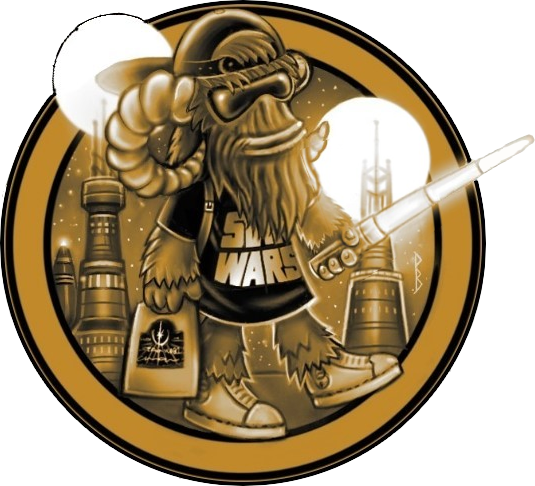Writing over at ILM.com, Filmumentaries supremo Jamie Benning delves into the creation (or should that be recreation) of Slimer in 1989’s Ghostbusters 2, a project that not only required detailed work to bring back to life the ghoulish star of the 1984 classic but also to push on with new techniques to bring even more expression to ‘Onionhead’.
For the sequel, Slimer needed to embody the more playful, cartoonish persona. “[Executive Producer] Michael [C. Gross] wanted elements from the cartoon version incorporated as well, and to this end he had Thom [Enriquiez] do the new series of drawings – which were fabulous,” creature and makeup designer Tim Lawrence explained to Cinefex.
Mark Siegel, a key contributor to Slimer’s original creation, was brought to ILM for Ghostbusters 2 to resculpt the character and adapt him for the film’s lighter tone. Siegel had been deeply involved in the creation of the original Onionhead ghost, sculpting his teeth, tongue, and inner mouth, as well as the complete replacement head for a second puppet with a wider, more frightened look to the mouth. He also puppeteered the tongue and eyebrows for the majority of the shots.
The sculpting process for the design maquette was a collaborative effort, with Siegel primarily handling Slimer’s body, head, and face while fellow crew member and performer Howie Weed focused on the arms and hands. For the full-sized puppet Siegel sculpted the head and the arms.
The character of Onionhead in Ghostbusters wasn’t just an arbitrary creation. His mannerisms and chaotic energy were directly inspired by the late John Belushi, specifically his portrayal of Bluto in Animal House (1978). This connection was not merely symbolic; it was a tangible part of his design and performance. Mark Siegel recalls how Harold Ramis and Dan Aykroyd made it clear to the team that Slimer was a representation of their close friend Belushi’s comedic spirit.
The team didn’t just envision this; they meticulously pored over Belushi’s scenes. “We studied frame by frame old VHS tapes of Belushi’s Animal House scenes, focusing on his expressions,” Siegel elaborates. This analysis allowed them to incorporate Belushi’s signature movements and broad, exaggerated physicality into Slimer’s performance for the first film. According to Siegel, it was Belushi’s expressive style that truly captured the blend of charm and grotesqueness that defined Slimer’s character.

